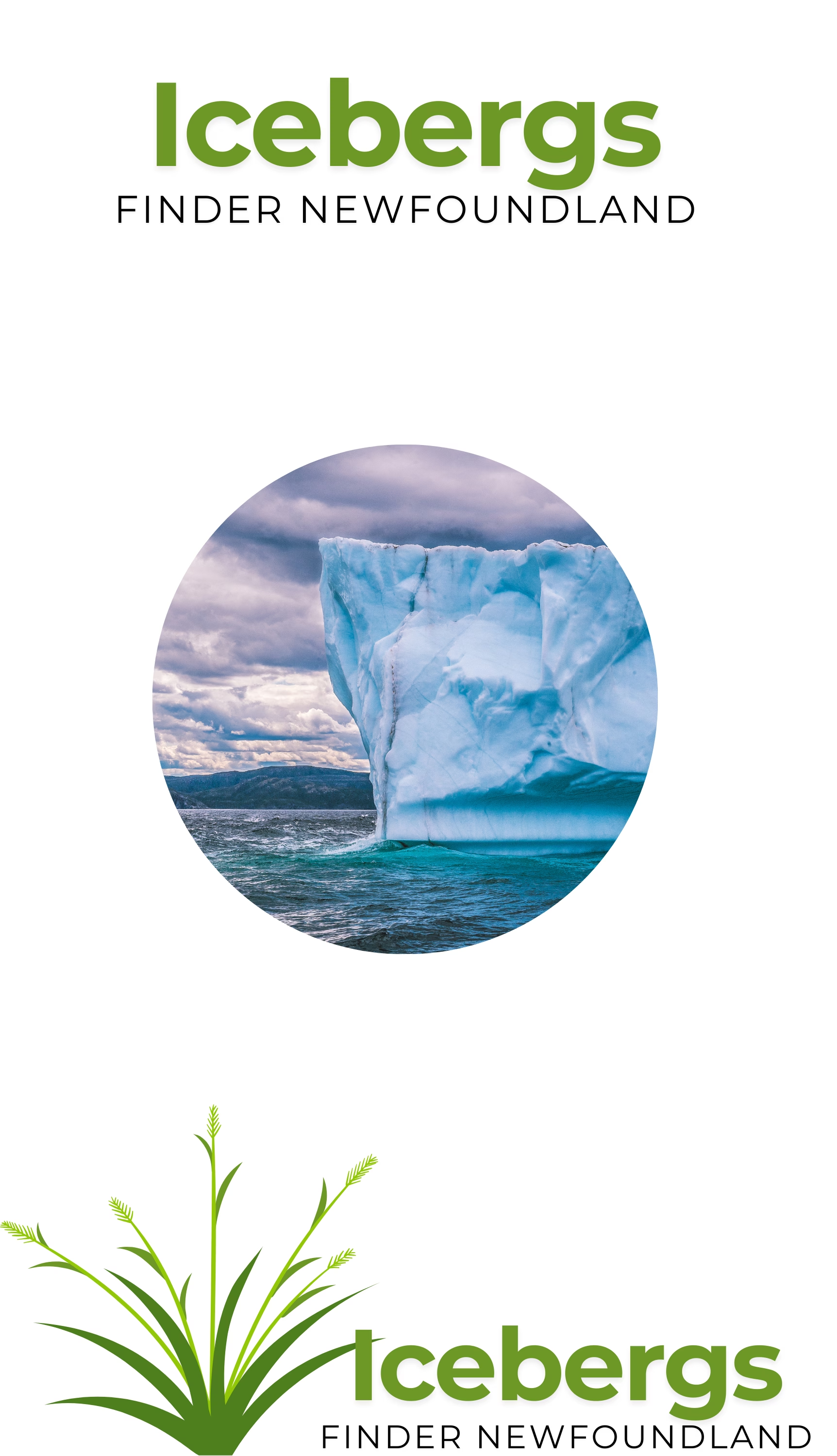The prime time to see icebergs is from late May to early June. This period offers the highest likelihood of witnessing these massive ice formations as they drift southward along the coast.
The best places to see icebergs in Newfoundland include Twillingate, St. Anthony, Bonavista, and Fogo Island. Twillingate is often called the “Iceberg Capital of the World” due to its high iceberg count and accessibility.
Icebergs can last from a few weeks to several months in Newfoundland waters. Their longevity depends on their size, the water temperature, and the weather conditions.
Iceberg Alley refers to the stretch of ocean off the coast of Newfoundland and Labrador, where icebergs are commonly seen. It extends from the coast of Labrador down through Newfoundland eastern shore.
Iceberg Alley refers to the stretch of ocean off the coast of Newfoundland and Labrador, where icebergs are commonly seen. It extends from the coast of Labrador down through Newfoundland eastern shore, including areas like Twillingate, St. Anthony, and Bonavista.
Icebergs Alley
Enjoy Icebergs and Whale Watching Guide.
Twillingate, a small coastal town in Newfoundland, is known as the “Iceberg Capital of the World” due to its frequent and spectacular iceberg sightings during the peak season. Icebergs generally drift at about 0.7 kilometres per hour (0.4 miles per hour). However, their speed can vary depending on ocean currents, winds, and the iceberg’s size.
See icebergs each spring.
Newfoundland is a prime site for iceberg and whale watching
Iceberg Guide Newfoundland and Labrador
This Icebergs and Whale Watching Guide feature some top tours and places in Newfoundland and Labrador to experience icebergs and whale watching.
Exclusive Iceberg Guide
Iceberg season begins early in Newfoundland, and they are here in spring and drift away before summer begins.

